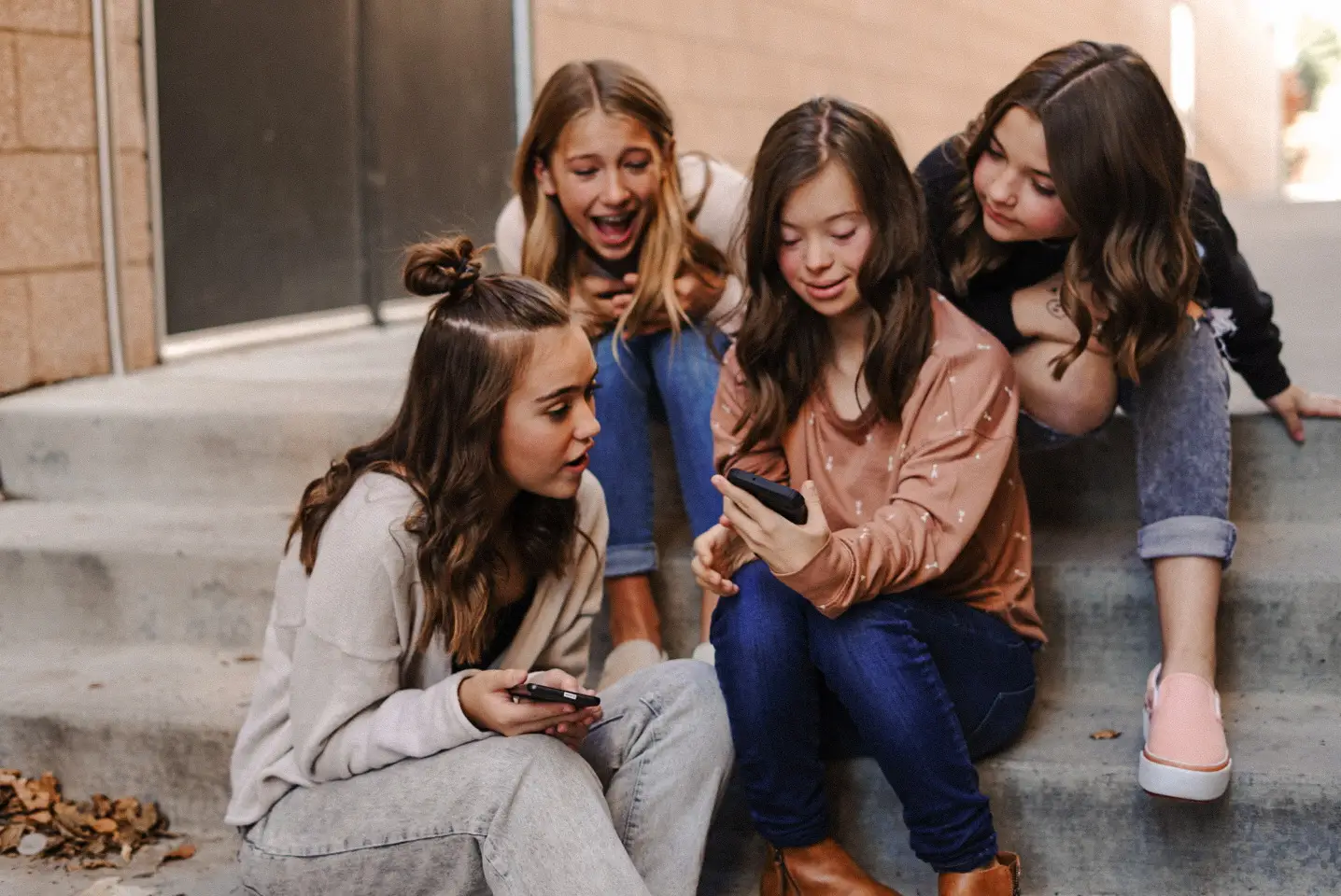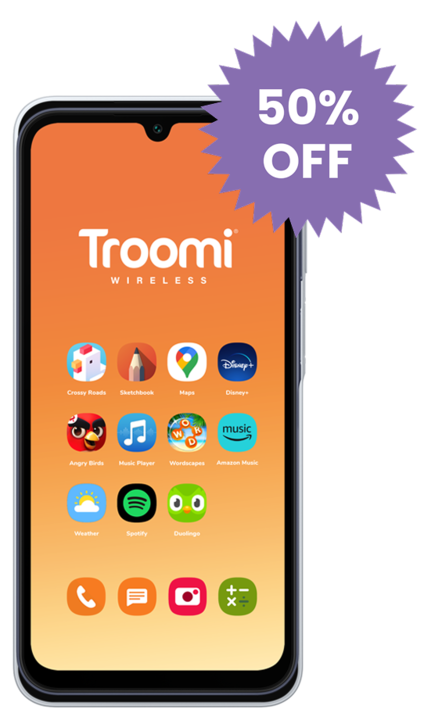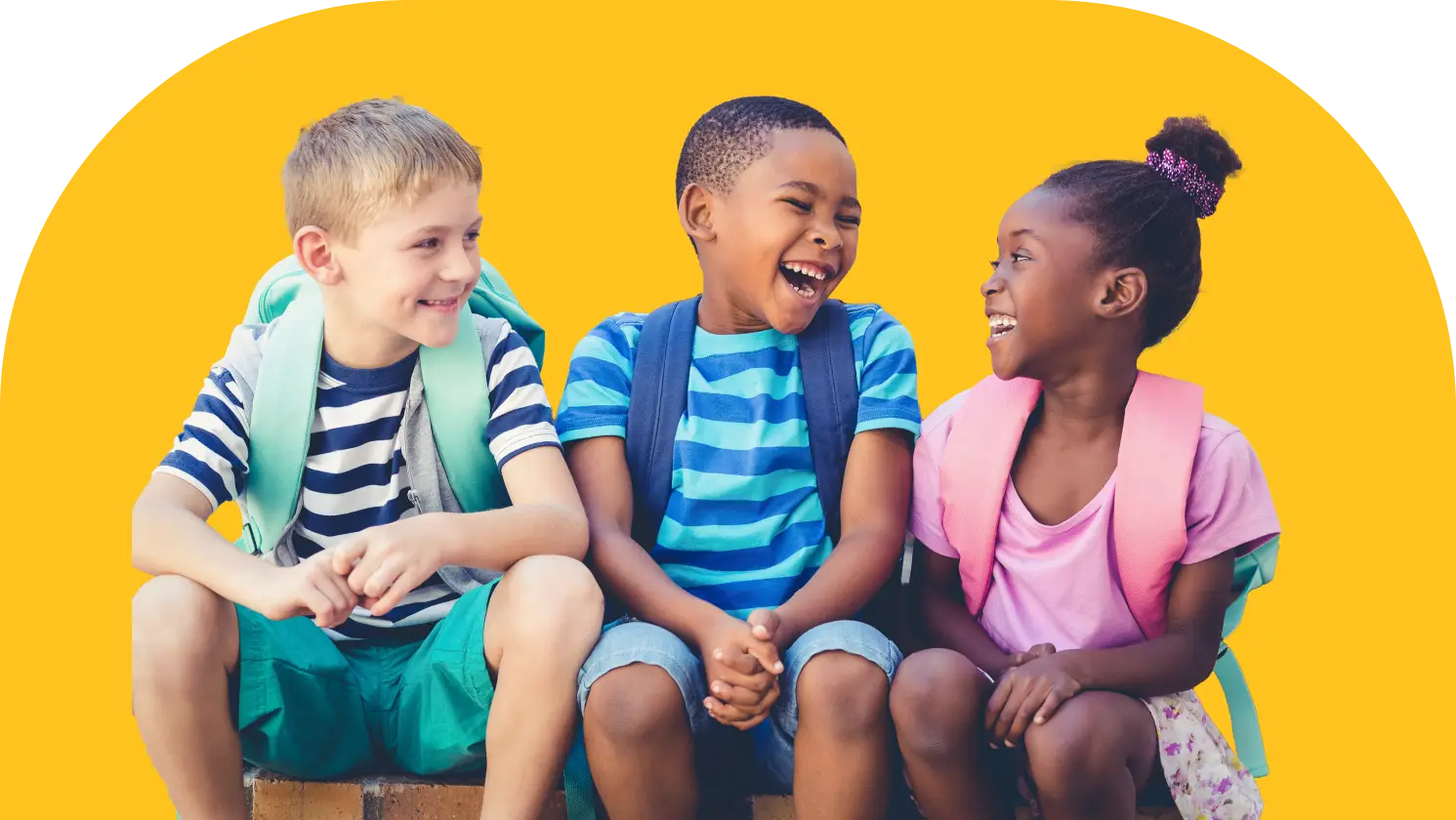Do you know who the best people are to embrace diversity? It’s not CEOs, world travellers, or politicians. It’s kids! Kids are some of the best at welcoming diversity because they aren’t worried about who they’re with, just that they’re with someone they care about. Whether it’s interacting with people who are differently abled or from different countries, kids have a certain humility and understanding that makes them the prime example for being inclusive.
Even though kids are great at embracing diversity, that doesn’t mean they won’t have questions or need some guidance along the way. When it comes to diversity in abilities, teaching kids about disabilities is a very important job for parents and teachers.
First, let’s talk about how you can set an example for your kids by supporting disabled children. You may ask yourself, “How do you deal with a disabled child?” or “How do you teach a disabled child?” There’s a few things to think about. Technology can be so useful in helping understand and support a disabled child. Smartphones with app restrictions, like Troomi, can help kids with disabilities like autism to better communicate what they need in a safe and simple way.
Teaching disabled children can be intimidating, so it’s important to ask questions! Talk with their parents about things you should know, how best to interact with their child, and what things their child enjoys. This can help you to support them in having good experiences. If you find yourself asking, “what parents should not say to a disabled child?” Think about how you would treat your child. Whether disabled or not, all children react much better when interactions are based on patience, respect, a calm voice, and clear, simple, communication.
So, how do you explain disabilities to a child? Start with encouraging respectful questions. Questions are the best and most direct way for kids to understand someone else’s disabilities. If you don’t know the answer to a question your kids ask, respectfully approach the individual with a disability and ask if your child can ask them a question. While this may make some people nervous, many people with disabilities are very open to explaining their experience and abilities with kids.
Kristin Napper, author of “A Kids Book about Disabilities,” said, “One thing I say a lot when I’m talking to kids is, ‘Disability isn’t a good thing or a bad thing—it’s just a thing. It’s value neutral.’” Not making disabilities negative or positive helps kids to normalize that we’re all unique in our own way. Disabilities bring diversity into our lives, and that means an opportunity to learn empathy and compassion for someone else. We all have differing abilities. You can help your entire community by teaching kids about disabilities in a way that celebrates our differences.
Are you still worried about how to talk to kids about disabilities? Don’t worry! There are so many resources available to you as a parent. Talking to your child’s teacher or a parent of a disabled child can give you great ideas for how to talk to your kids about disabilities. There’s also a variety of books and children’s TV episodes that can be a good, age appropriate resource for better understanding disabilities.
For younger kids, Sesame Street has some great episodes with Elmo’s friend, Julia, that gives great insight into how to interact with kids with autism. For tweens and teens, “Wonder,” a Novel by R. J. Palacio, explores the experiences of a child with physical disabilities in a thought provoking and moving way.
Teaching kids about disabilities doesn’t have to be intimidating, but it does take some learning. Don’t be afraid to ask questions or ask for guidance. Above all, teach your kids to respect, love, and be compassionate to everyone they come in contact with, regardless of their background or abilities.


